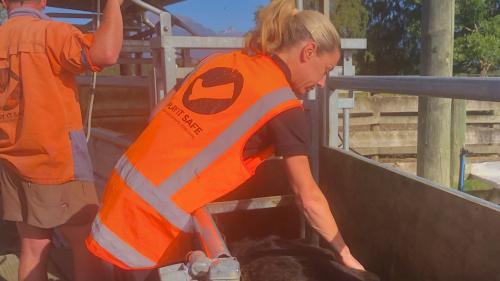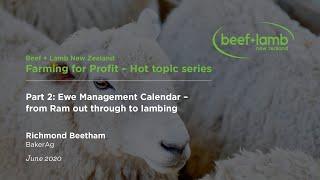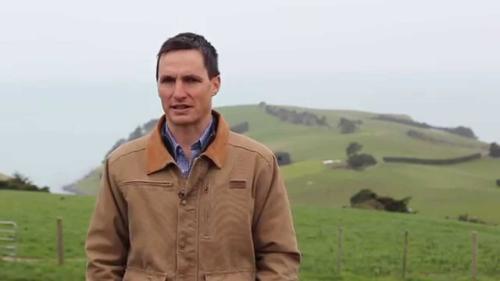Search results
Displaying 261 - 270 results of 897
- Factsheetwwwbeeflambnzcom 0800 beef lamb 0800 233 352 farmers farmers 26 7 hill country futures calcium magnesium requirements factsheet october 2022 magnesium calcium both essential nutrients plants animals …
- VideoRichmond Beetham is an Agribusiness Consultant for BakerAg based in the Wairarapa. Born and bred on a sheep and beef farm in Gladstone, Richmond has built a wealth of experience farming high …
- Industry data1 2 2020 beef lamb new zealand limited also referred lnz lnz economic service economic service all rights reserved work covered copyright may stored reproduced copied without prior written permission …
- Other PDF0800 beeflamb 0800 233 352 wwwbeeflambnzcom farmers farmers beef lamb new zealand works promote high animal welfare intrinsic part productive sustainable profitable livestock farming lnz commitment …
- News… at pre-calving, calving, calf-marking and weaning. B+LNZ Geneticist, Franzi Weik, drew …

- Video… pastures are used to drive lactation and pre-weaning growth rates. The couple, who were … focused on the period between lambing and weaning to maximise lamb growth rates and high … hill country pastures. This has driven pre-weaning lamb growth rates and increase their …
- NewsTraining workshops giving beef breeders the tools to measure beef cow body condition and assign teat size and udder suspension scores are a step towards the development of New Zealand-specific …

- Factsheet… 145 4year average proportion lambs sent works weaning rest sold store works through autumn …
- External resourcebenefits from pollarding poplars willows provide fodder pollarding pruning system which upper branches tree removed promoting dense head foliage branches pollarding primarily undertaken new zealand …
- Factsheet0800 beeflamb 0800 233 352 wwwbeeflambnzcom farmers farmers 31 6 describing advertising job factsheet september 2023 series job description well thought out job description help you when time …

